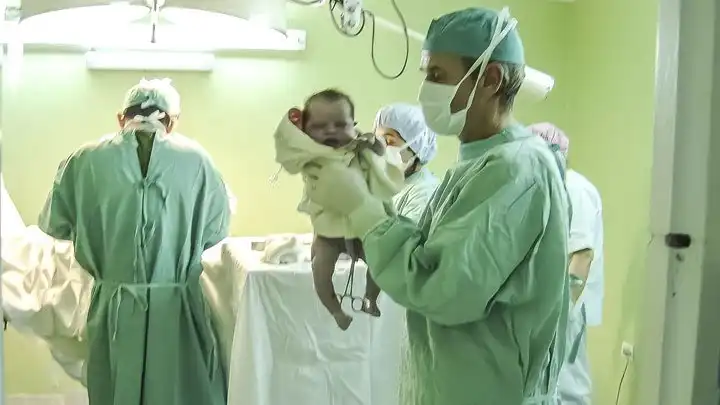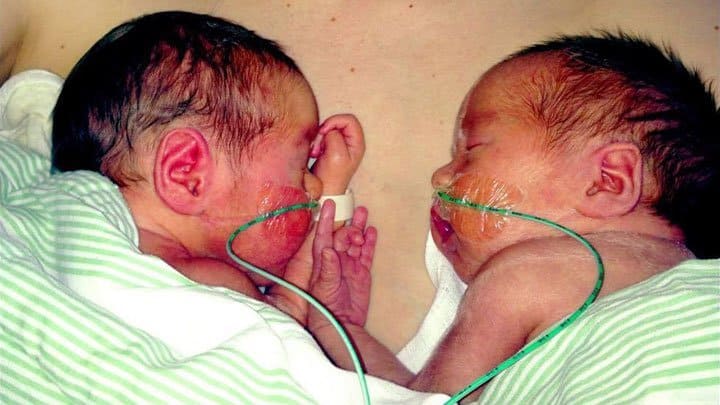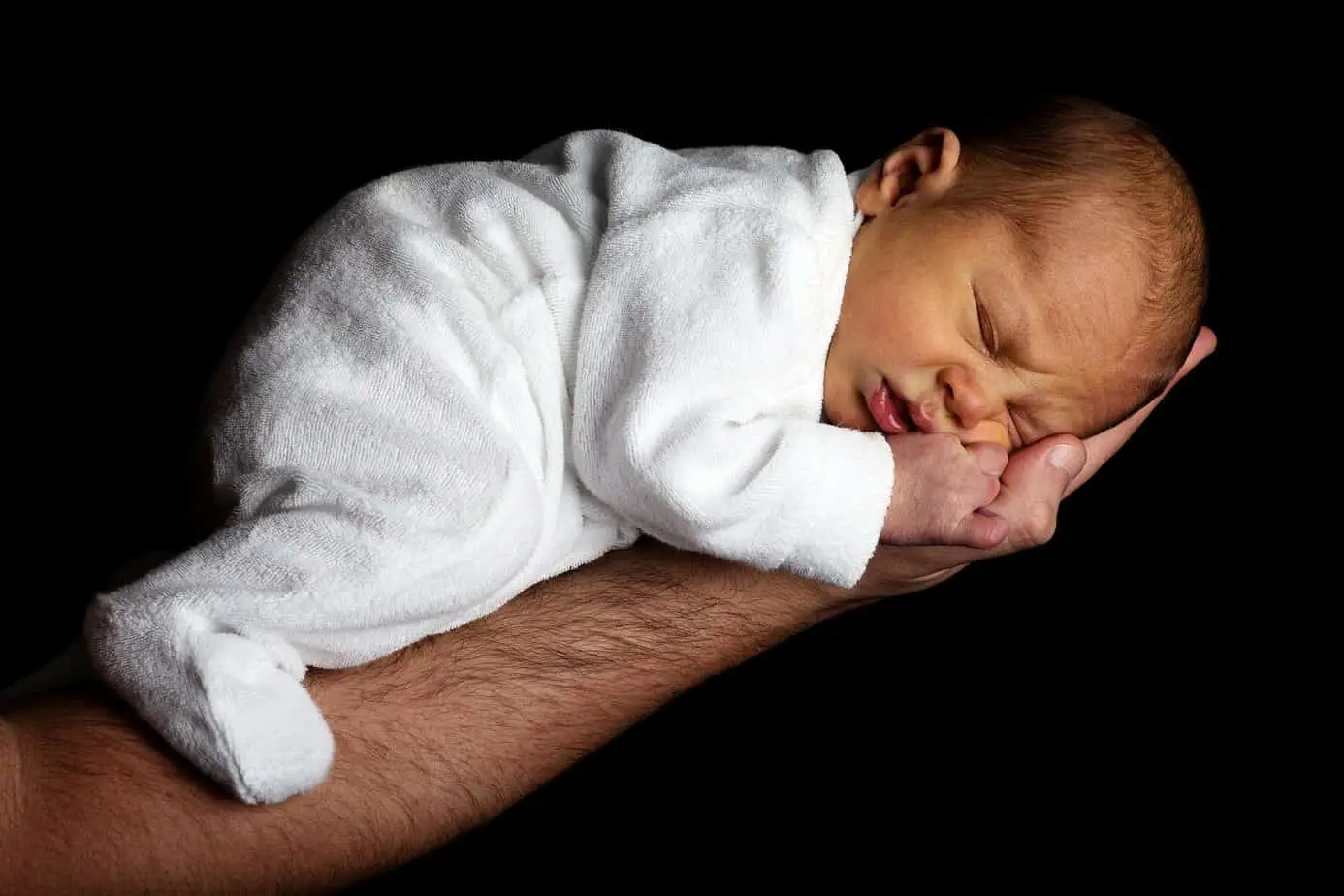Factors That Increase Likelihood of Successful Vaginal Delivery of Twins
Researchers look at successful vaginal births to try and identify whether or not there are shared characteristic among mothers and babies. The results were published in the American Journal of Obstetrics and Gynecology in 2018. All women included in the study were at least 32 weeks pregnant, and twin A was head first. The researchers looked at women who had successful vaginal deliveries of both twins, and at women who had unsuccessful vaginal deliveries. An unsuccessful vaginal delivery was defined as having a c-section with one or both twins.
Prior mode of delivery matters
1,393 women were included in the planned vaginal delivery group. Out of these women, 56.2 percent had a vaginal delivery for both twins. 4.2 percent had a vaginal delivery of the first twin followed by a c-section for the second twin, and 39.6 percent had a c-section for both twins. The researchers found that prior vaginal delivery increased the likelihood of vaginal delivery of both twins. Factors that decreased the likelihood of a vaginal delivery for both twins were advanced age of the mother, hypertensive disorders, diabetes and breech presentation of the second twin. Moms, who had prior c-sections, were also more at risk of not being able to give birth to both twins vaginally.













